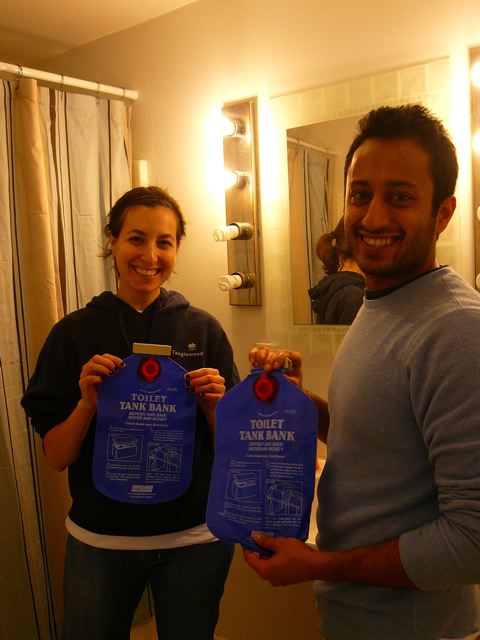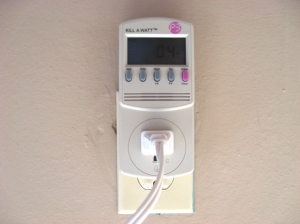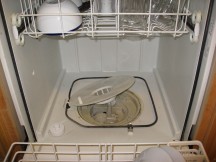 The Massachusetts Municipal Association (MMA) is offering free Home Energy Saving Seminars to communities across Massachusetts. The Massachusetts Municipal Association is a nonprofit, nonpartisan association that provides advocacy, training, publications, research and other services to Massachusetts cities and towns. If you are interested in hosting a workshop in your community schedule the workshop soon, as the program ends in March.
The Massachusetts Municipal Association (MMA) is offering free Home Energy Saving Seminars to communities across Massachusetts. The Massachusetts Municipal Association is a nonprofit, nonpartisan association that provides advocacy, training, publications, research and other services to Massachusetts cities and towns. If you are interested in hosting a workshop in your community schedule the workshop soon, as the program ends in March.
Through this free service offered by MMA, the Cambridge Energy Alliance hosted a Weatherizing Your Home for Ultimate Energy Savings event on January 12th, that brought together over 45 individuals wanting to learn how to reduce their energy use at home. Speaker Clark Goody from the Conservation Services provided detailed information on home energy audits, cost effective investments, and access to resources to help residents save energy and money.
The free energy seminar stresses the importance of reducing heat usage by providing do-it-yourself sealing techniques, tips on hiring a contractor for in-depth alterations, and resources for home audits and financing alterations. Program attendees learned about:
- Air sealing and insulation as the most cost-effective investment for reducing home energy costs
- Programmable thermostats, CFL’s, low-flow showerheads
- Rebates and grants to reduce the cost of home alterations and appliance purchases
- Energy Star ratings as an indicator of product energy efficiency
- MassSave home energy audits, enhanced audits, and the weatherization assistance programs
The Home Energy Savings Seminar is an excellent way for communities to connect residents to efficiency resources and programs. Communities can chose from a variety of workshops including:
___ “Intro to Home Energy Savings” provides simple steps to reducing the use
of electricity, water, and heat; do-it-yourself techniques for basic home sealing
and heating; resources for financing home audits and alterations.
___ “Home Energy Savings for Renters” provides tenant-specific information on
basic home energy savings.
___ “Home Energy Savings for Retirees” provides senior-specific information on
basic home energy savings.
___ “Weatherizing Your Home for Ultimate Savings” stresses the importance
of reducing heat usage by providing do-it-yourself sealing techniques; tips on
hiring a contractor for in-depth alterations; resources for home audits and
financing alterations.
To learn more about the program contact Alicia Hunt at energy@mma.org, 617-426-7272 ext. 280






 One of the coolest things about Thanksgiving? Unlike Halloween, it’s not about stuff. While Halloween wouldn’t be the same without candy, costumes, and décor, Thanksgiving celebrates giving thanks for what you already have. What a relief for your pocketbook and the planet. —
One of the coolest things about Thanksgiving? Unlike Halloween, it’s not about stuff. While Halloween wouldn’t be the same without candy, costumes, and décor, Thanksgiving celebrates giving thanks for what you already have. What a relief for your pocketbook and the planet. — Imagine if I offered someone a 17% return on their investment, that would help to prevent catastrophic long-term environmental consequences and improve the comfort and value of their home. Now envision this person shrugging off this offer and spending their money instead on upgrading their car to a fancy SUV that immediately devalues over time. Would you call this action “rational”?
Imagine if I offered someone a 17% return on their investment, that would help to prevent catastrophic long-term environmental consequences and improve the comfort and value of their home. Now envision this person shrugging off this offer and spending their money instead on upgrading their car to a fancy SUV that immediately devalues over time. Would you call this action “rational”?